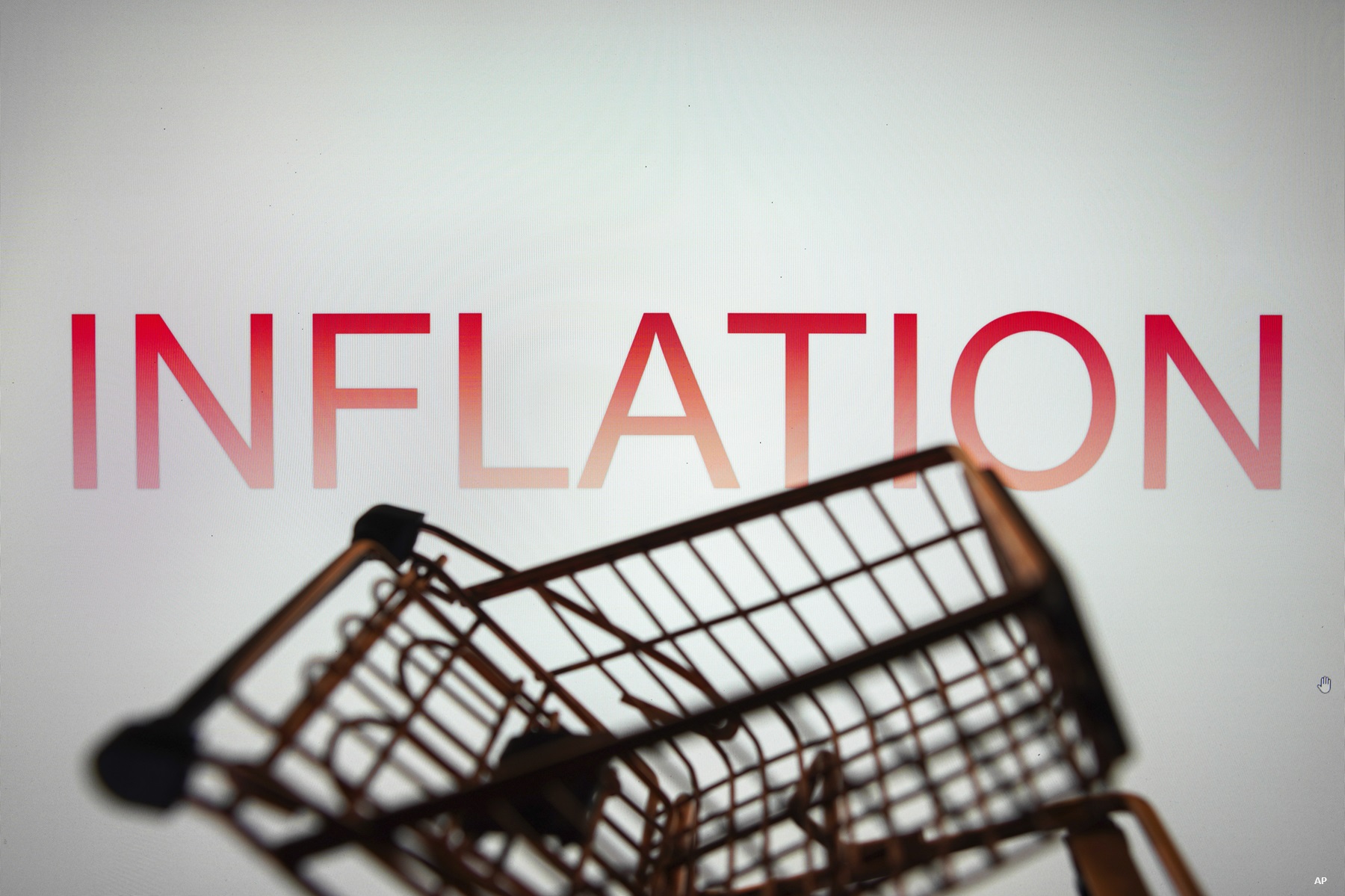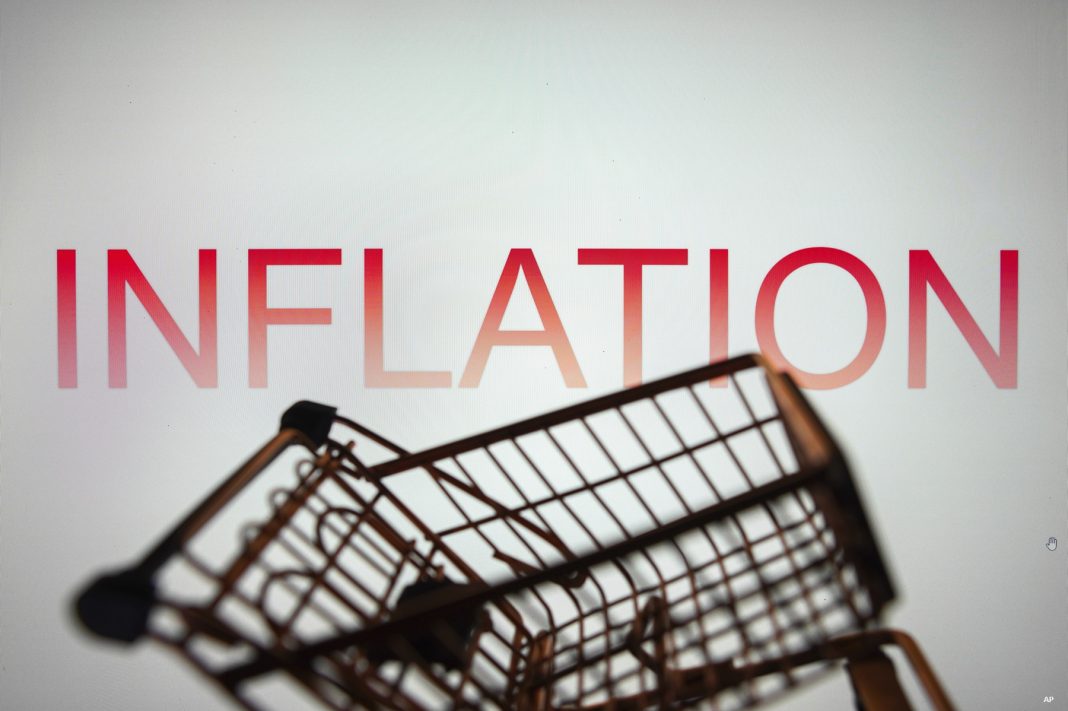
The Disconnect between Macro Statistics and Reality
Introduction:
In today’s world, there is a growing disconnect between macroeconomic statistics and the reality that surrounds us. While these statistics are meant to provide insights into the economy and help individuals make informed decisions, they seem to have less and less connection to the actual experiences of people and businesses. This raises the question of why we even have macroeconomic statistics in the first place.
The Origins of Data Collection for Economic Planning:
The need for macroeconomic statistics arose about a century ago when governments sought to exercise their newly granted powers to plan the economy. The belief was that with better data, they could adjust outcomes and create a more socially optimal economy. Thus, the data collection industry was born and has since grown exponentially. However, this approach to economic planning has not yielded the desired results.
The Flawed Theory of Tradeoffs:
One example of the disconnect between macro statistics and reality is the theory of tradeoffs between inflation and unemployment. It was widely believed in the 1960s that when one was up, the other would be down, and governments could control each element by manipulating the other. However, this theory has been contradicted by reality time and again. In the 1970s, stagflation occurred, with high levels of both inflation and unemployment. Similarly, in recent times, we have seen periods of low inflation and low unemployment that do not align with the supposed tradeoff.
The Problem with Data Collection:
A more fundamental problem lies in the data collection process itself. The modern human brain often suspends incredulity when presented with numbers and charts. However, the accuracy of these statistics is contingent upon various factors. For example, during the COVID-19 pandemic, charts showing exposure, infection, cases, hospitalizations, and deaths were widely shared. But upon closer examination, it became clear that the data relied heavily on testing accuracy and subjective judgments concerning the cause of death. This realization led to a loss of trust in the accuracy of the data.
Discrepancies in Inflation and Cost Reporting:
The Bureau of Labor Statistics (BLS) reports on inflation and costs, but these figures often do not align with industry observations. Groceries, for instance, are reported to have increased by 20 percent over four years, while industry estimates suggest a figure closer to 34 percent. The same discrepancy exists for car prices. Additionally, many costs, such as taxes, interest, and home prices, are not reported at all or are represented inaccurately. For example, the BLS reports “Owners Equivalent Rent” for homes instead of actual home prices, leading to figures that are twice as high as government reports.
Questionable GDP Numbers:
Gross Domestic Product (GDP) numbers should also be taken with caution. Approximately 17 percent of the GDP is attributable to increases in government spending, which can skew the overall picture. Adjusting these numbers for actual inflation rates rather than the BLS’s fictional figures reveals deep recessionary conditions.
Inflated Jobs Numbers and Statistical Adjustments:
Recent revelations have shown that the jobs numbers have been overstated by about 1.2 million jobs that do not actually exist. This error can be attributed to a statistical adjustment called the “birth-death” rate, which estimates the number of businesses formed versus those that have gone out of business. However, this adjustment does not reflect the reality of business conditions, especially during times of economic turmoil such as the COVID-19 lockdowns.
A Lack of Trust in Government Data:
The accumulation of these discrepancies and errors in data collection has led to a lack of trust in government agencies and their reported statistics. This is concerning, as many individuals and businesses rely on this data for decision-making. Unfortunately, there are limited alternatives available, leaving us with flawed and unreliable data.
Conclusion:
The disconnect between macroeconomic statistics and reality is a pressing issue that needs to be addressed. The reliance on government data for economic planning and decision-making raises serious concerns, especially when the data itself is flawed and inaccurate. It is crucial to recognize the limitations of current data collection methods and strive for greater transparency and accuracy in economic reporting. Only then can we have a more reliable understanding of the true state of the economy and make informed decisions based on trustworthy information.

